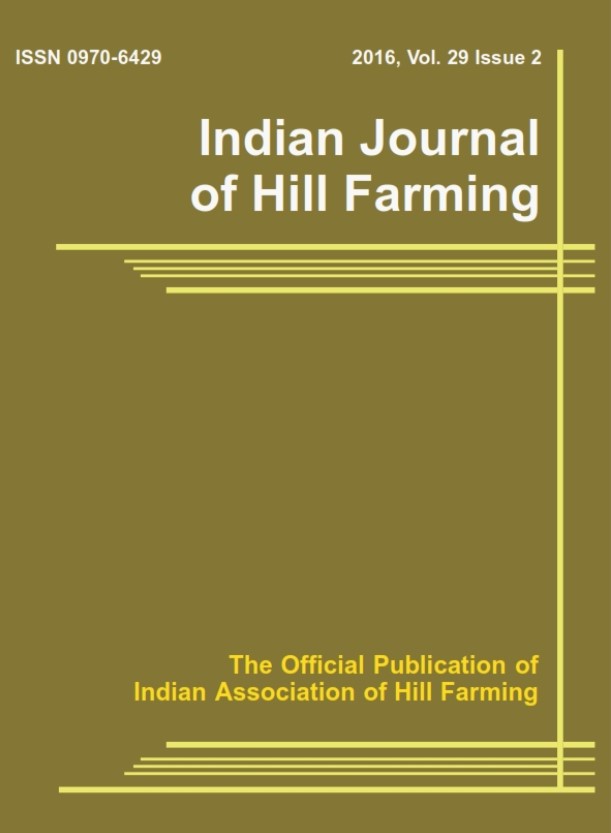Maize cultivars performance and estimation of effective rainfall during rainy season under mid hills of Meghalaya
Keywords:
Effective rainfall, Maize varieties, North Eastern India, Rain-fed agriculture, Rainfall efficiency, Water use efficiency.Abstract
North eastern states of India used to receive a good amount of rainfall during monsoonic precipitation and due to non-adherence of water harvesting most of the rain goes as waste to the drainage network. Hence, it is very much essential to ascertain the amount of effective rainfall used by the rainy season crops. To evaluate the efficacy of rainfall under upland situation, maize was used as a test crop. Mostly grown during rainy season, maize can perform better in winter season with assured irrigation and using resource conservation techniques. Field experiment consisted of growing three duration of maize during 2021 rainy season. Nine maize varietal treatments were used under a randomized experimental design. Out of nine varieties, three varieties were sweet corn, baby corn and grain maize each. (T1-Sugar 75, T2– NSC 904P, T3-RCM 1-61, T4 -NSC-Bio sweety, T5 -Hybrid baby corn-617, T6 -RCM 1-76, T7 -VL Sweet corn 1, T8 -G-5414 and T9 -RCM 1-75). The field experiment was replicated thrice. Among all the varieties, T1 performed well in all the treatments with highest dry matter accumulation (96.03 g plant-1), crop growth rate (24.85 g m-2 day-1), no. of seeds per cob (688.45), cob weight (132.6 g), grain yield (7.92 t ha-1), cob yield (11.29 t ha-1) and biological yield (21.7 t ha-1). Highest rainfall use efficiency (RUE) (63.99%) and Water use efficiency (WUE) (21.07kg ha-1 mm-1) were reported for baby corn variety (NSC 904P) as compared to sweet corn and grain maize varieties.




